Introduction to Retinal Forceps
Retinal forceps are a medical device commonly used in ophthalmic surgery. It is usually made of stainless steel and has a pair of gripping surfaces that can be manipulated by means of a handle. There are many types of retinal forceps, each with a slightly different design and function, but their main purpose is to hold and manipulate the retina.
The shape and size of retinal forceps vary depending on the needs of the procedure. Smaller retinal forceps are suitable for more delicate surgical maneuvers, while larger retinal forceps are suitable for more complex problems.
| Product name | Vitreo Retinal Forceps Intraocular Ophthalmic Surgery Instrument 20G/23G/25G/27G |
| Place of Origin | Jiangsu, China |
| Brand Name | Jianfeng |
| Model Number | JF810121 |
| Material | Stainless/Titanium |
| Classification | Class I |
| Application | Eye Surgery Instruments |
| Quality | High Quality |
| Usage | Surgical Operation Instruments |
| Specifications | 20G/23G/25G/27G |
| Size | 15cm |
| Logo | Accept Customer Logo OEM |
| OEM & ODM | Available |
| Feature | Precision head, Polished smooth, Less injury, Non-rusting, No burrs, Clamping stability, Quick detachable |
In most eye surgeries, retinal forceps are used to pinch, grasp, or move the retina for repair. It can be used to repair retinal detachments, remove abnormal tissue from the retina, and perform other eye surgery procedures.
The use of retinal forceps requires a doctor or experienced medical professional to perform the procedure. In order to ensure the effectiveness and safety of the procedure, strict aseptic practices need to be adhered to when using retinal forceps.
Overall, retinal forceps are used as an important tool in eye surgery to help doctors perform retinal repair and other related procedures. It plays an important role in ophthalmic surgery and effectively improves the effectiveness and safety of surgery.
Characteristics of Retinal Forceps
Retinal forceps are used as a special instrument for ophthalmic surgery and is commonly used for fundus surgery. Its features are as follows:
- Curved Design: Retinal forceps are usually curved to allow easy pinching of fundus tissue. A well-designed bending angle provides better maneuverability for the operator.
- Special Materials: Retinal forceps are usually made of stainless steel or titanium alloy materials, which have high strength and corrosion resistance, and can provide long-lasting and durable service life.
- Micro-incision Design: The incision of retinal forceps is usually very small in order to minimize tissue damage and trauma during surgery. This reduces post-operative recovery time and the risk of complications.
- Easy to Clean and Sterilize: Retinal forceps are designed to be easy to clean and sterilize to ensure that the risk of cross-infection is prevented during each procedure. This usually means that they can be sterilized at high temperatures and pressures.
- Multiple Sizes and Shapes: Retinal forceps are available in different sizes and shapes to suit different surgical needs. Commonly, retinal forceps are available in flat and tapered shapes, which can be selected according to the surgical needs.
Overall, retinal forceps are one of the important tools in ophthalmic surgery because of their compact design, durability, and ease of operation.
Uses of Retinal Forceps
Retinal forceps are ophthalmic surgical tools that are commonly used to perform retinal surgery.
The roles of retinal forceps include:
- Clamping: Retinal forceps can clamp and hold retinal tissue for surgical procedures. It gently grips and holds the retina in place, allowing the ophthalmologist to perform the surgery safely.
- Shearing: Some retinal forceps also have a shearing function that allows the retinal tissue to be cut or trimmed. This is very helpful in removing or adjusting abnormal retinal tissue.
- Stretching: Retinal forceps can be used to gently stretch and relax the retina for surgical manipulation. This helps the surgeon to better visualize and manage retinal problems.
Overall, retinal forceps are important surgical tools that are used to support ophthalmologists in performing retinal surgeries and to perform surgical operations such as pinching, cutting, and stretching.
Principles of Retinal Forceps
Retinal forceps are commonly used as ophthalmic surgical instruments for repairing retinal detachments in patients. The principles are as follows:
- Introducing a Light Source: The retinal forceps are equipped with a light source that illuminates the target area to help the surgeon perform the procedure accurately.
- Introducing the Retinal Slice: The surgeon introduces the retinal slice into the eye through a surgical incision. The retinal slice is made of a special material that stabilizes the retina and holds it in place.
- Retinal Clamping: The retinal forceps have two movable clamping arms that the surgeon uses to hold the retinal slice in place. By adjusting the pressure and position of the arms, the surgeon can control the precise positioning of the retinal slice.
- Restoring Retinal Position: The surgeon moves the clamped retinal slice to the position of the detached retina and fixes it in the eye.
- Fixing the Retina: The doctor fixes the retinal slice using techniques such as special sutures or lasers to ensure that it is stabilized in the correct position and to facilitate retinal repair and recovery.
In short, retinal forceps help the surgeon perform retinal repair surgery by holding the retinal slice and pinpointing and fixing it in the correct position.
How to Use Retinal Forceps
Retinal forceps are medical devices for use in ophthalmic surgery for retinal repair or implantation in the eye. The method of use is as follows:
- Prepare: Clean instruments and ensure sterilization, wear gloves, mask, and goggles.
- Ensure Patient Safety: Lay the patient flat on the operating table and cover the area around the patient’s eyes to ensure patient safety and comfort.
- Determine The Position of The Operation: Use a microscope to view the patient’s eye and locate the position to be operated on.
- Properly Immobilize The Eye: Use a special fixator to immobilize the eye to ensure that it is stable. This can be done with a winged fixator or an external fixation device.
- Use of Retinal Forceps: Hold the retinal forceps in place and gently place their small tips into the eye. It must be gently moved forward or backward, depending on the needs of the procedure.
- Attention to Force: Manipulate the forceps using the appropriate amount of force to avoid any injury. Stability and precision of the hand must be maintained during manipulation.
- Observe and Manipulate: Observe the retina through the microscope and perform the necessary manipulations, such as repair or implantation, depending on the patient’s condition.
- Finish the Operation: After completing the required operation, gently remove the retinal forceps from the eye, making sure to place them in a safe position.
- Clean and Sterilize: Clean and sterilize the used retinal forceps for the next use.
It is important to note that the use of retinal forceps must be performed by an experienced doctor or ophthalmologist to ensure the safety and effectiveness of the procedure. The above are only general methods of use, and the actual operation should follow the doctor’s instructions and operating procedures.
Precautions for Retinal Forceps
When using retinal forceps, there are a few things to keep in mind:
- Make sure the retinal forceps are clean before use, either by sterilizing them with alcohol or another suitable disinfectant.
- Keep your hands clean and wear gloves when using retinal forceps to prevent cross-contamination.
- The forceps should be used to grasp objects gently and smoothly, avoiding the use of excessive force that could damage the retina or other tissues.
- Retinal forceps need to be used in a brightly lit area so that the area to be operated on can be clearly visualized and the risk of manipulation can be reduced.
- If abnormal symptoms occur, such as bleeding, pain, etc., stop using retinal forceps immediately and contact your doctor for examination.
- When using retinal forceps, avoid contact with other irritating, corrosive, or toxic substances to avoid damage to retinal forceps.
- After using retinal forceps, they should be cleaned and sterilized in time to ensure hygiene and safety for the next use.
In conclusion, retinal forceps should be used in a hygienic, gentle and safe manner, and professional guidance and assistance should be sought if needed.

About Us
If you need additional information regarding our production sites, services, catalogs in PDF format, and certificates you are welcome to contact us additionally.
This is a specialist factory of surgical instruments and has been devoted to providing fine-quality instruments for the world market. It sincerely encourages cooperation with any of the following parties: overseas distributors or manufacturers, hospitals, surgeons, custom manufacturing, and charity activities.
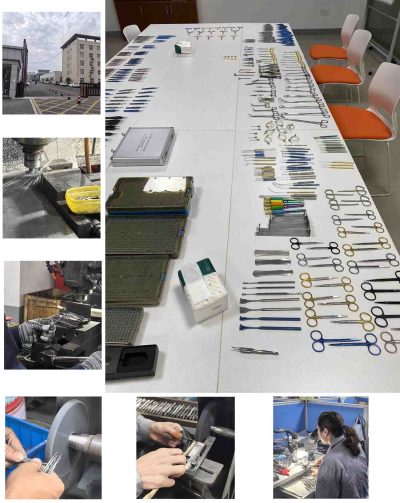
The Goal of Surgical-tool
The characteristics of the surgical instruments manufactured by Surgical-tool include tissue forceps, needle holders, surgical scissors, eye speculums, hemostat instruments, and so on.
These surgical tools have the features of flexibility, thinness, high durability, ease of cleaning, does not rust easily. They are rationally designed and have simple structures, safe, easy to use, available in a complete range, and are of high quality.
We have a technical team, especially in terms of technical specialties and cognition of surgical instruments; we are capable of providing suitable and affordable surgical instruments based on your surgical requirements!
Surgical-tool has always followed the development direction of increasing the quality of surgical instruments and offers expert surgical instrument solutions for medical entities and medical specialists with better, thinner, and higher quality surgical instruments to meet domestic and global requirements.
Working consistently to help human health, we strive to satisfy the need for the development rate in the sphere of surgery.

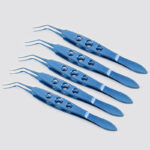 Capsulorhexis Forceps
Capsulorhexis Forceps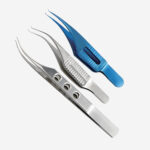 Suture Forceps
Suture Forceps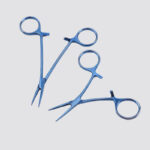 Hemostatic Forceps
Hemostatic Forceps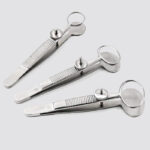 Chalazion Forceps
Chalazion Forceps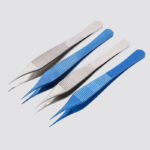 Adson Forceps
Adson Forceps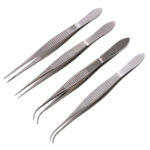 Tissue Forceps
Tissue Forceps

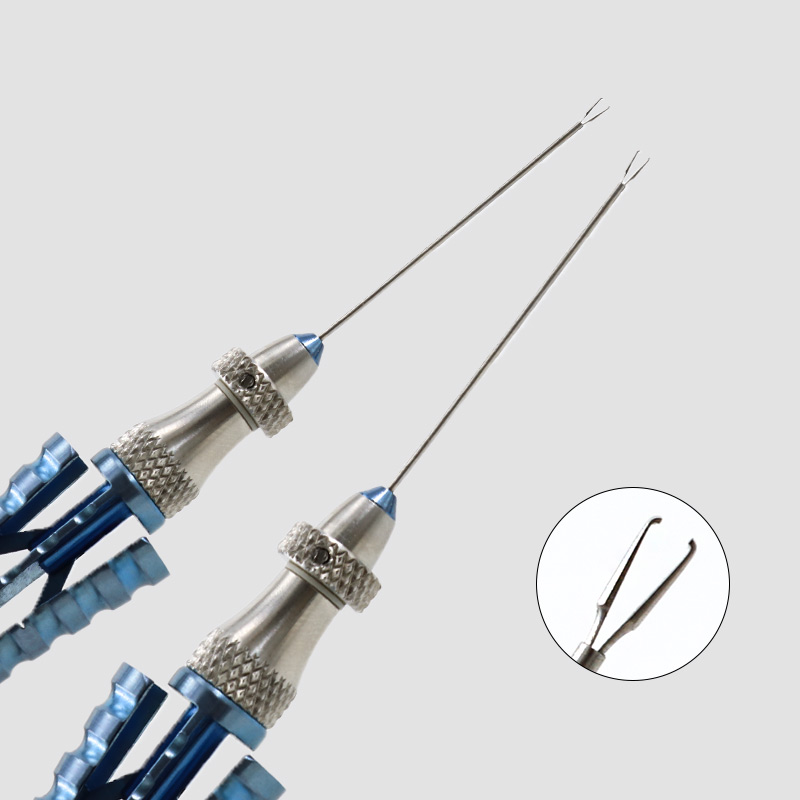
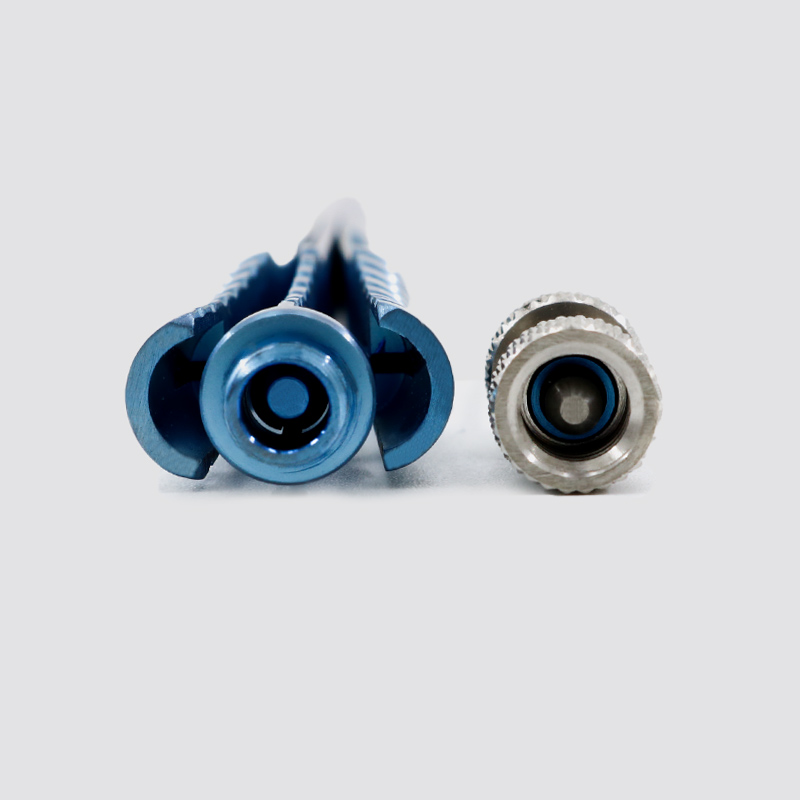
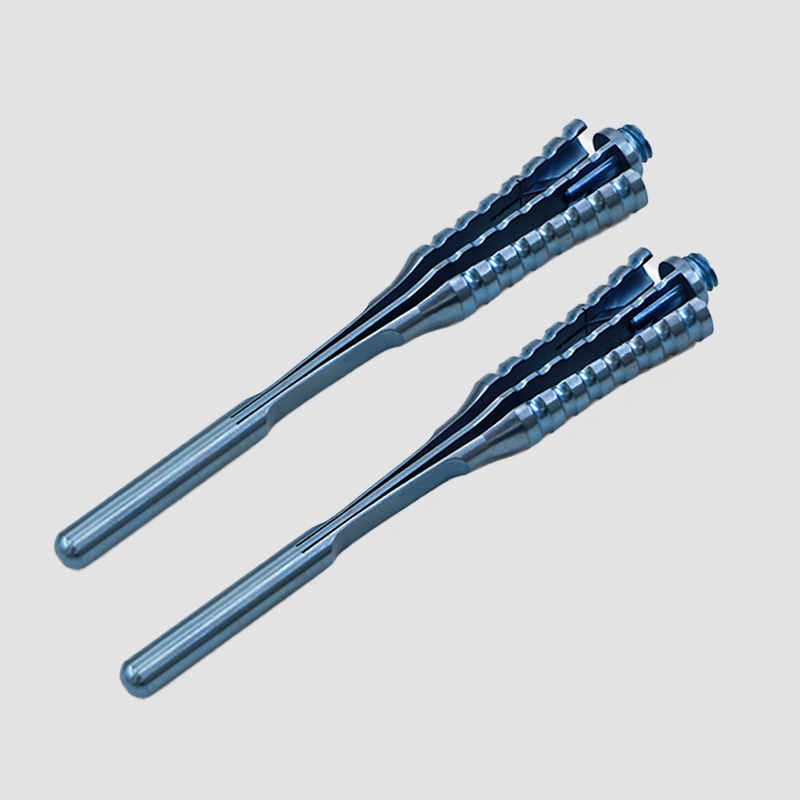


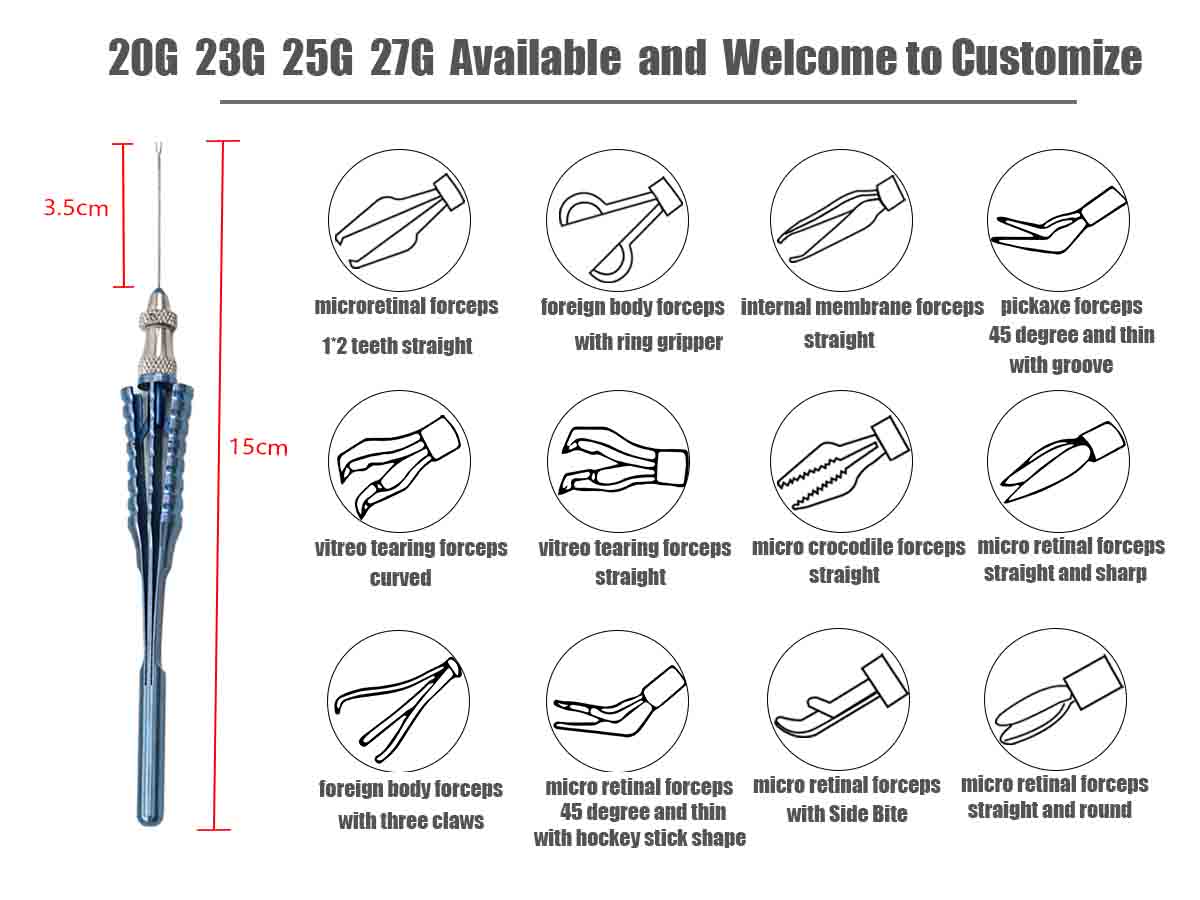
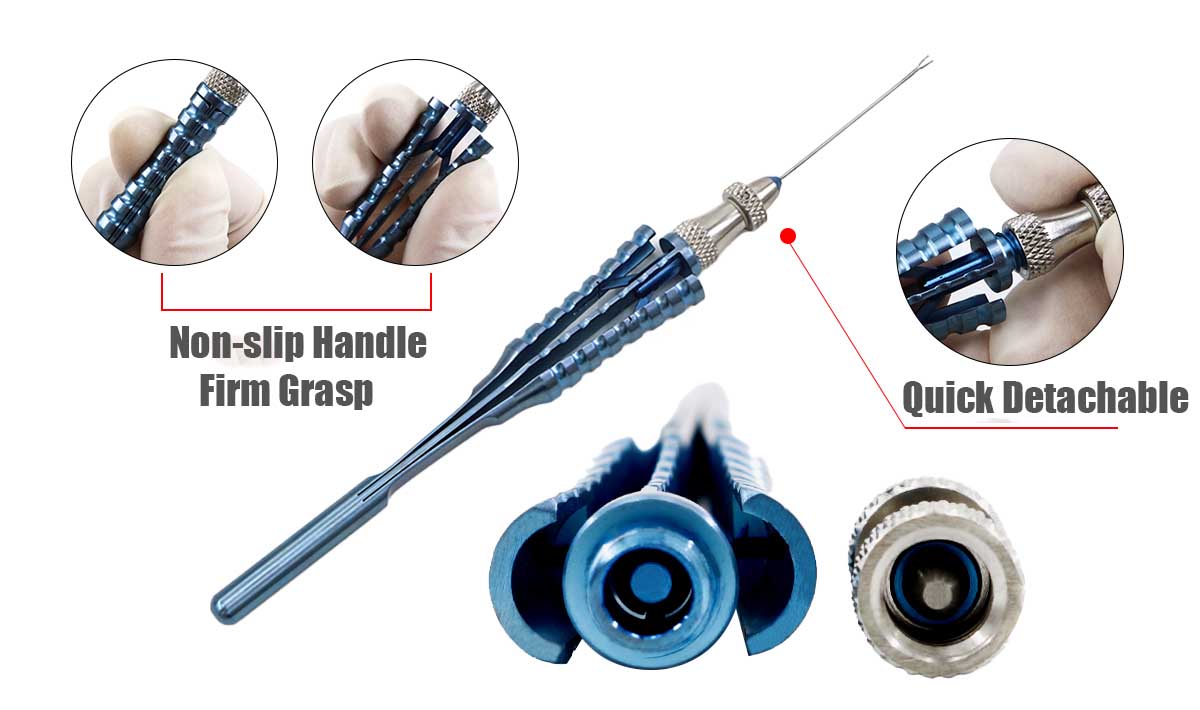


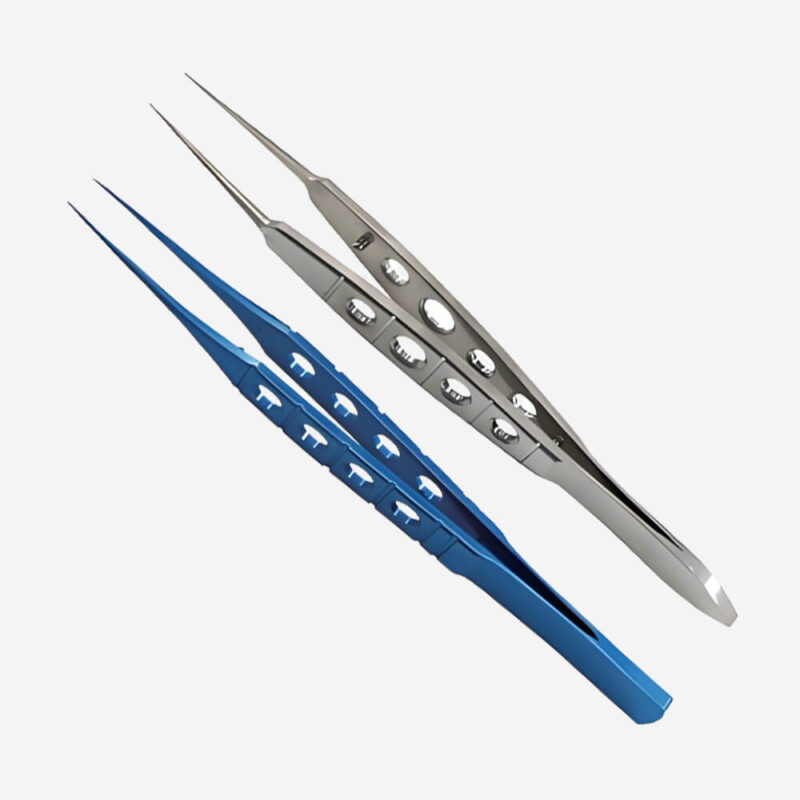

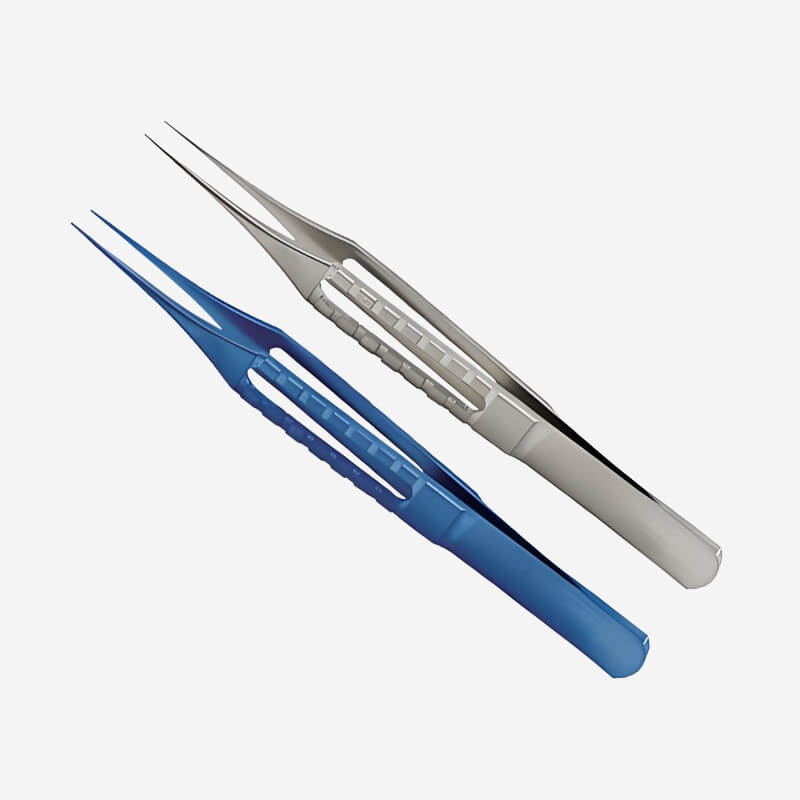






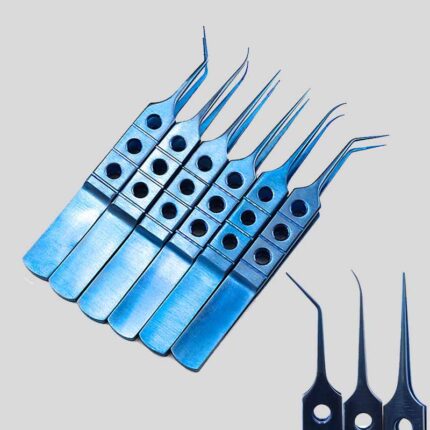
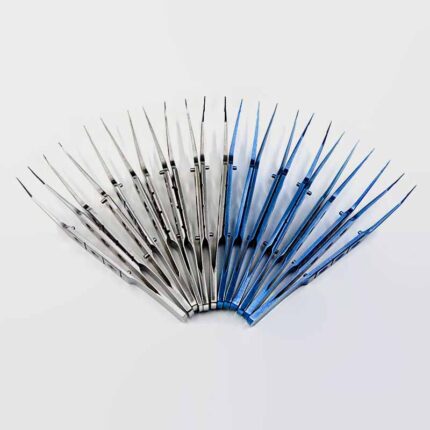


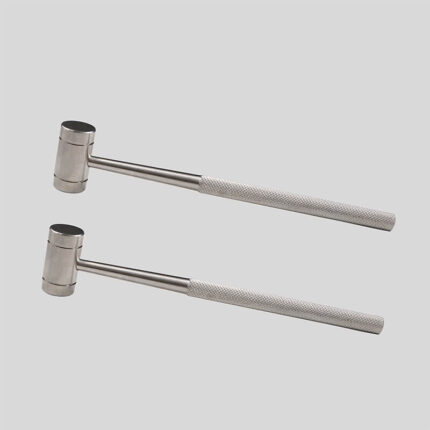




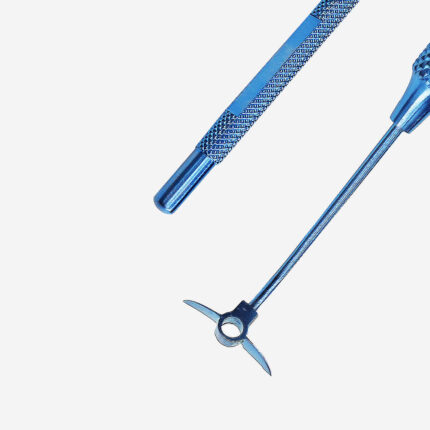


Reviews
There are no reviews yet.